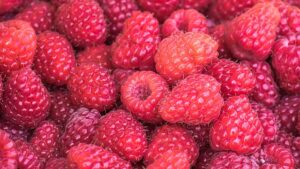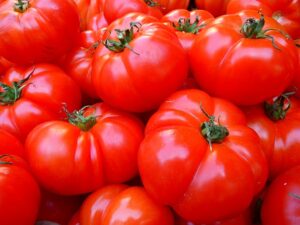Introduction
Carbohydrates are essential macronutrients that play a crucial role in providing energy to the body. They are composed of carbon, hydrogen, and oxygen atoms. One of the fundamental components of carbohydrates is the polymer called polysaccharides. Polysaccharides are long chains of monosaccharide units linked together through glycosidic bonds. In this article, we will explore the polymer of carbohydrates in more detail.
Types of Polysaccharides
There are several types of polysaccharides found in nature, each with its own unique structure and function. Some of the most common polysaccharides include:
Starch: Starch is the primary storage polysaccharide in plants. It is composed of two types of glucose polymers: amylose and amylopectin. Amylose is a linear chain of glucose molecules, while amylopectin is a branched chain. Starch serves as an energy reserve in plants and is also a major source of dietary carbohydrates for humans.
Glycogen: Glycogen is the storage polysaccharide found in animals, including humans. It is structurally similar to amylopectin but has more extensive branching. Glycogen is primarily stored in the liver and muscles and serves as a readily available source of glucose when the body needs energy.
Cellulose: Cellulose is the most abundant polysaccharide on Earth and is a major component of plant cell walls. Unlike starch and glycogen, cellulose is composed of glucose molecules linked together in a linear fashion. The arrangement of these glucose units forms a rigid and insoluble structure, providing strength and rigidity to plant cells.
Chitin: Chitin is a polysaccharide found in the exoskeletons of arthropods, such as insects and crustaceans, as well as in the cell walls of fungi. It is composed of N-acetylglucosamine units linked together. Chitin provides structural support and protection to these organisms.
Function of Polysaccharides
Polysaccharides have various functions in living organisms. Some of their key roles include:
Energy Storage: Starch in plants and glycogen in animals serve as energy storage molecules. When the body needs energy, these polysaccharides can be broken down into glucose units, which are then utilized by cells for fuel.
Structural Support: Polysaccharides like cellulose and chitin provide structural support to plant cell walls and the exoskeletons of arthropods, respectively. These polysaccharides contribute to the rigidity and strength of these structures.
Dietary Fiber: Certain polysaccharides, such as cellulose, are indigestible by humans. However, they play a crucial role in maintaining a healthy digestive system by adding bulk to the diet and aiding in proper bowel movements.
Conclusion
In conclusion, the polymer of carbohydrates is known as polysaccharides. These long chains of monosaccharide units, such as glucose, are essential for energy storage and structural support in living organisms. Common polysaccharides include starch, glycogen, cellulose, and chitin, each with its own unique structure and function. Understanding the role of polysaccharides helps us appreciate the importance of carbohydrates in our diet and the functioning of biological systems.
References
– National Center for Biotechnology Information. (2021). Carbohydrates. Retrieved from https://www.ncbi.nlm.nih.gov/books/NBK22436/
– Berg, J. M., Tymoczko, J. L., & Gatto, G. J. (2015). Carbohydrates. In Biochemistry (8th ed.). Retrieved from https://www.ncbi.nlm.nih.gov/books/NBK21190/













